Electrical or thermal conductivity between the components they seal together is provided by conductive adhesives. The adhesives achieve this conductivity by combining metal flakes and powders with either single elements or two-part epoxy or glue. Several metals, including silver, nickel, copper, and silver-coated nickel, can be used to make conductive adhesives. Read More…
Master Bond formulates high quality adhesive systems to help engineers meet specific requirements for their bonding, sealing, coating and encapsulation applications. The product line consists of epoxies, silicones, UV curable and LED curable systems that feature outstanding performance properties.
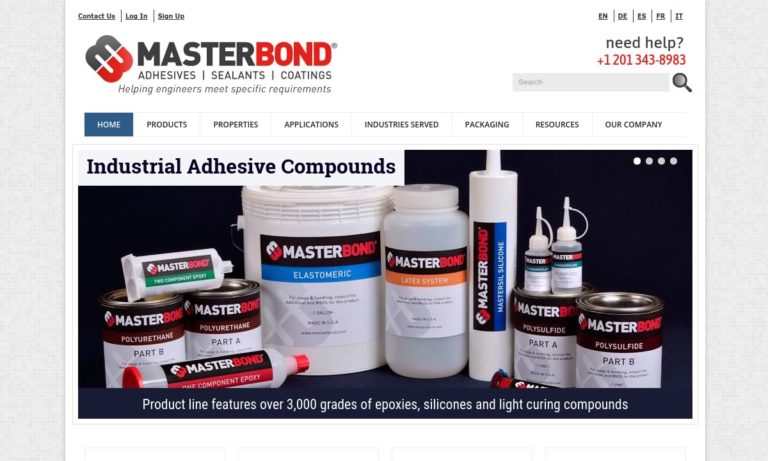
We are a leading manufacturer of hot melts, water-based adhesives, cohesives, and Dextin.. We work to make sure that all of our customers are satisfied and get exactly what they need! From Automotive to Paper Converting or nearly any conceivable application, we are the adhesive solutions company. We put you and your company first! For more information, give us a call today!
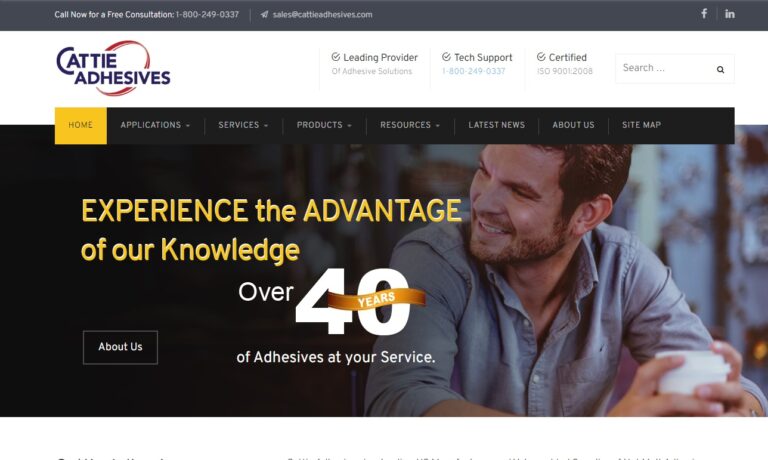
We hold North American manufacturing together with our adhesives! We have presences in Seattle, Portland, Spokane, Houston, Dallas, Tulsa, Chicago and many others so that we will be where you need us, always! Our motto states that “We strive for insanely happy customers,” and that’s exactly what the kind of commitment to excellence that we will bring to you. For more information on what we...
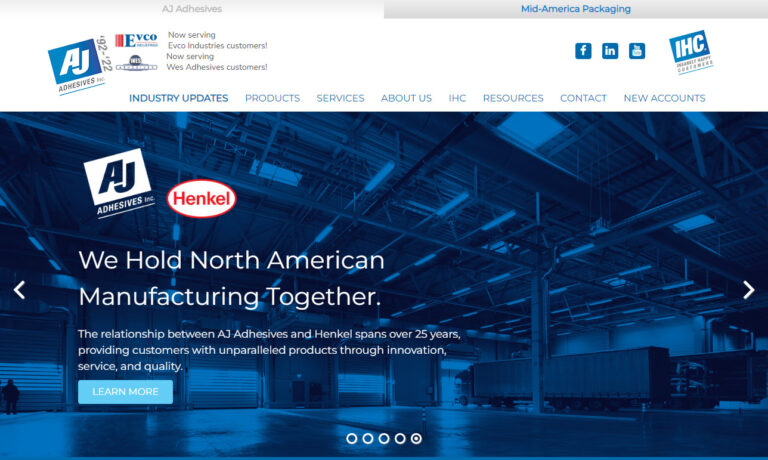
We produce top of the line work when it comes to the adhesive industry! We make sure that we product a high-quality product for world class customers! Formed by the unification of Stik-II Products and Dielectric Polymers, we are now your trusted single source for everyday and custom adhesive solutions. From Aerospace to Windows or nearly any conceivable application, we are the adhesive solutions...
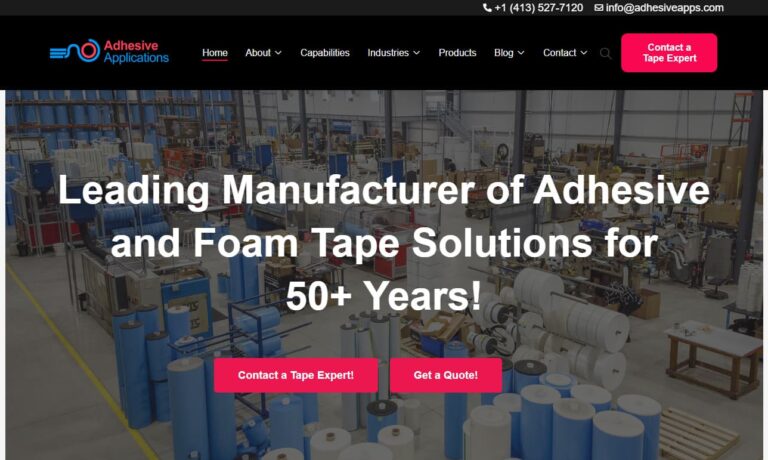
Our skilled engineers and technicians will work closely with you in order to provide you a product that will fit your unique applications! Our laminating adhesives are among the best in the industry and we want to prove it to you! We pay extra attention to our customers in order to ensure that we are exceeding customer expectations at every turn. To learn more about how we may benefit you visit...
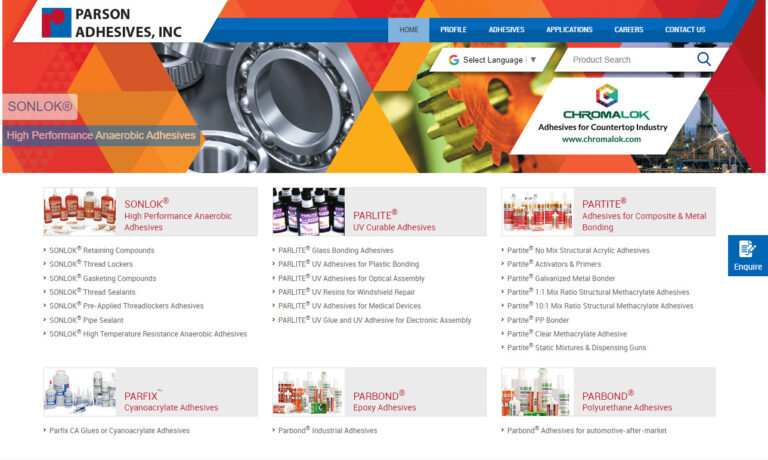
More Conductive Adhesive Manufacturers
For applications where metallic additions are undesirable, graphite adhesive formulations have also been developed. Silver gives the highest electrical conductivity. Conductive adhesives may be applied in tiny dots or lines to link two components electrically. Heat, UV radiation, or moisture can all be used to cure materials.
Material is heated until it becomes molten during the heat-curing process, and then it is allowed to cool. This melting and cooling mechanism creates hot melt adhesives, another epoxy-based glue. Without heat, UV light is used to start the melting and hardening processes involved in curing.
This method may be used to cure other adhesives with various chemical bases, but conductive adhesives benefit the most because of the electrical qualities created. UV light enables the conductive adhesive to set instantly. When conditions are perfect, moisture causes certain bonds to undergo a chemical shift that produces the required binding.
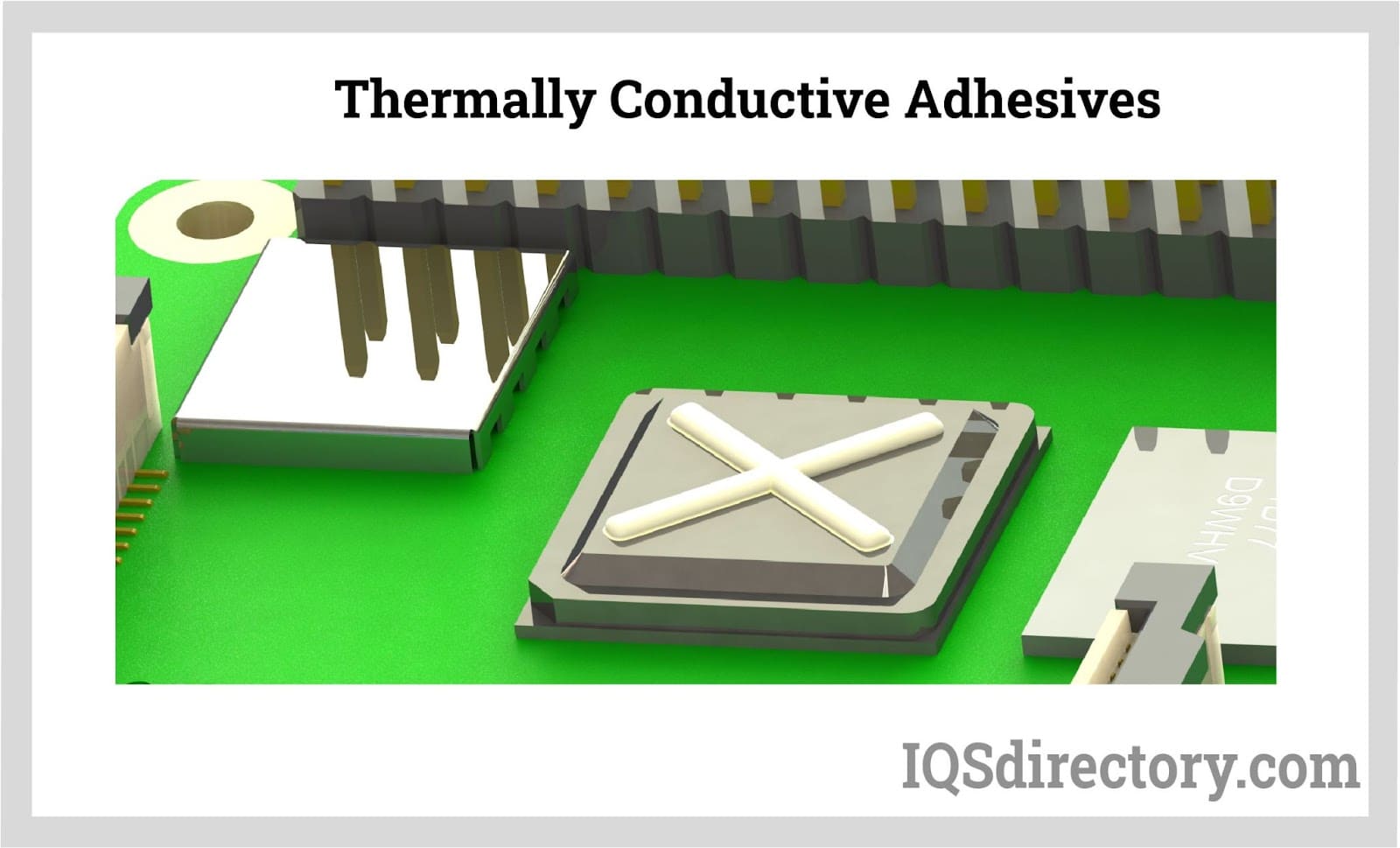
Materials Used
- One-component adhesives or multicomponent epoxy adhesives are both types of conductive adhesives.
- Silver, nickel, copper, or graphite are all acceptable options for the conducting component. Although unlikely, other conductive materials are feasible.
- A silicone, synthetic resin, or varnish can be used as an adhesive component. The kind and concentration of conductive components alter the adhesive's resistance.
- Electrically-conductive filler and thermosetting resin have created high-performance conductive adhesives. Due to its high conductivity, silver has been used frequently as a filler in electrically-conductive materials.
- Due to its outstanding qualities, such as high flexibility, low curing temperature, etc., electrically-conductive adhesives made of polymer/silver flake composite have been effectively used in electronic devices.
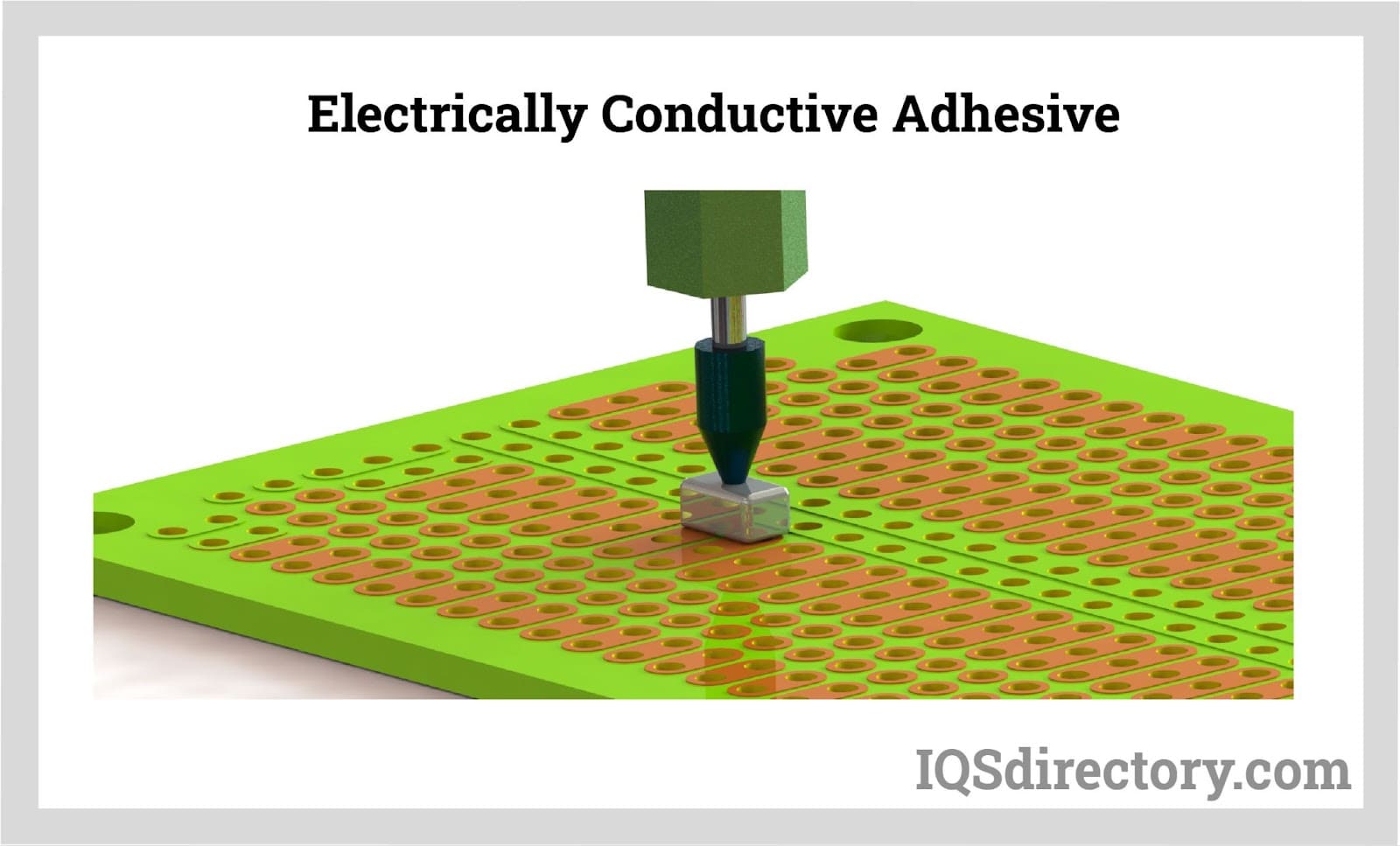
How are Conductive Adhesives Made?
- Silver, an element that accounts for around 80% of the bulk of electrically- conductive glue, causes electric conductivity.
- The electrically-conductive adhesive is held together by a conductive component suspended in a sticky piece.
- Because the conductive component's particles are in contact with one another, electric current is made feasible.
- Conductive adhesives may be flexible or rigid, thermally conductive, moisture-resistant, and have variable viscosity depending on the curing mechanism, chemical basis, intended purpose, and formulation.
- Bisphenol-A and epichlorohydrin are often found in epoxy, improving the bond and the coating's resistance to moisture and humidity. The epoxy mix and conductive liquid are kept apart until they are combined and applied.
Working of Conductive Adhesives
- Conductive components suspended within the tape-polymer matrix may allow an electric current to pass across surfaces in the meager milliAmp range, which is usually associated with grounding when these conductive components come into touch with different substrates.
- Standard conductive components include metalized fiber-based webs or different metal-type particles.
- The resistivity of the adhesive, or how strongly it resists or conducts the passage of electric current, is affected by variations in the type of components employed and the design of the conductive components inside the tape.
- There are two varieties of conductive tape. Anisotropic Conductive Adhesives (ACAs), also known as Z-axis, are only conductive in one direction depending on the application usage. Isotropic Conductive Adhesives (ICAs) are conductive in all directions (X,Y,Z-axis) within a set volume.
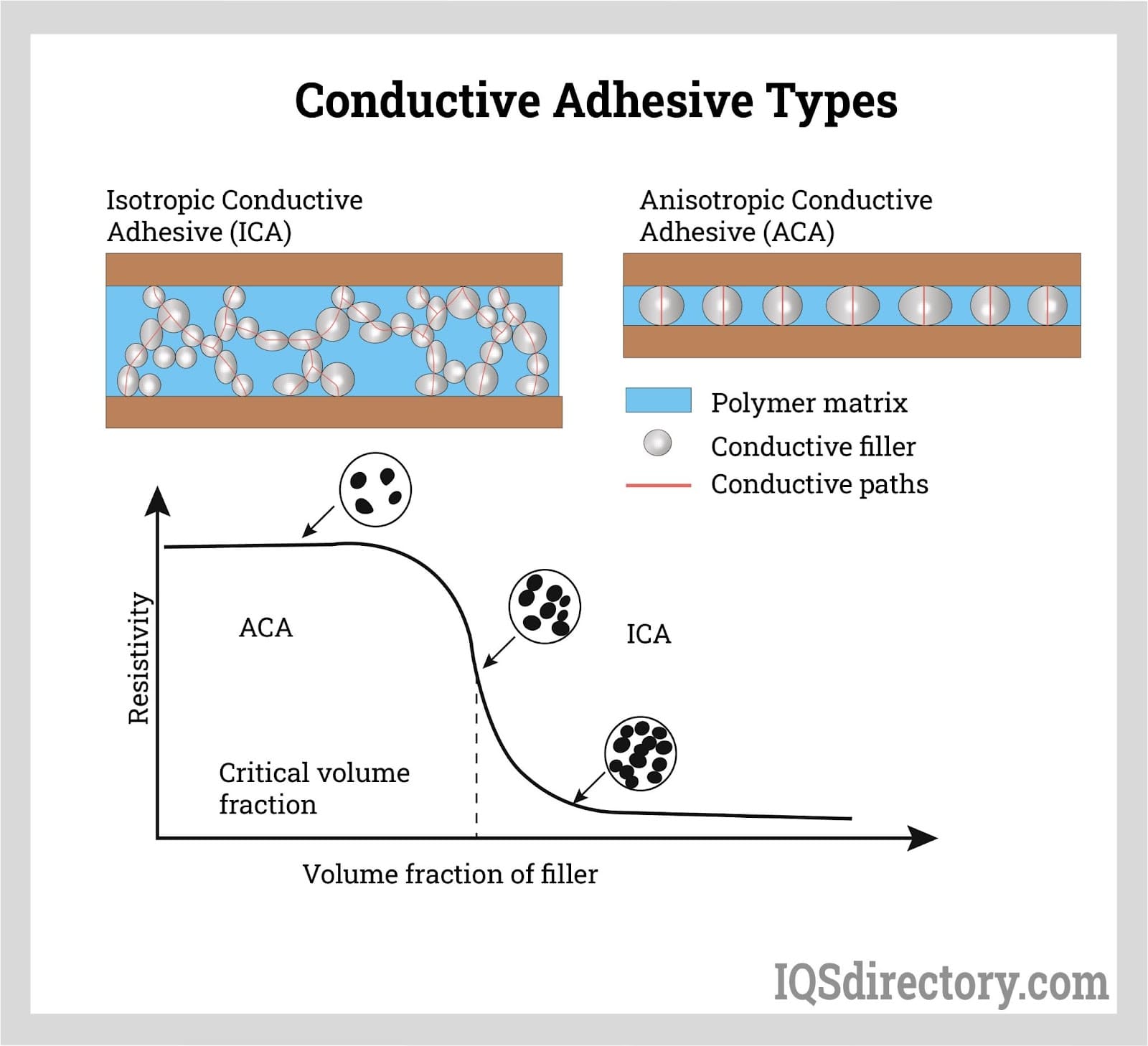
Benefits of Conductive Adhesives
- Since they are made to produce a better connection below the usual soldering temperature, electrically-conductive adhesive tapes perform better in temperature-sensitive applications.
- In addition, sticky tapes enable mechanical components to be more flexible than solder, allowing them to endure vibrations.
- Since they can almost entirely replace the requirement for mechanical fasteners, adhesive tapes are also a viable choice for applications requiring original final designs (no exposed screws, clips, etc.), new assembly techniques, smaller structures, and lightweight designs.
- Electrically-conductive tapes may be applied by hand, machine, or both with little to no mess and are readily die cut.
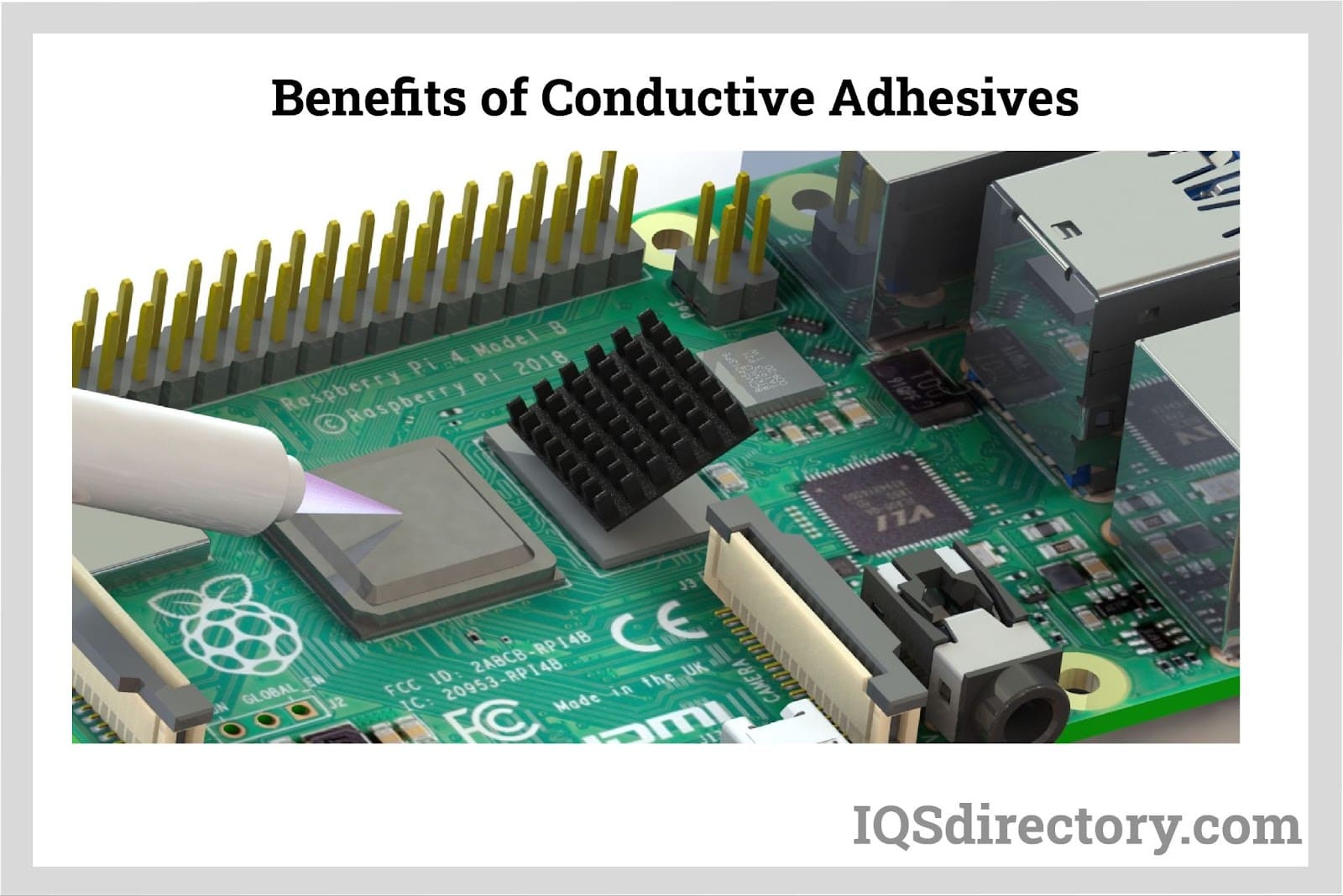
Applications of Conductive Adhesives
- The electronics and electrical industries are the ones that employ conductive adhesives the most.
- These adhesives may be employed in various applications, including die attachment, electroplating, heat sink assembly, medical electrodes, solder masking, hard disc drive components, and hearing aids.
- They can also be made specifically to adhere to flooring that prevents static accumulation.
- When components need to be kept in place while still enabling electrical current to travel through them, tapes may be used in several electronics’ assembly activities.
- They are frequently used to connect and/or link different substrates together for grounding application demands and to attach EMI (electromagnetic interference)/RFI (radio-frequency interference) shields to electronics.
Choosing the Proper Conductive Adhesive Manufacturer
To make sure you have the most beneficial outcome when purchasing Conductive Adhesive from a Conductive Adhesive Manufacturer, it is important to compare at least 4 to 6 Suppliers using our list of Conductive Adhesive suppliers. Each Conductive Adhesive Manufacturer has a business profile page that highlights their areas of experience and capabilities and a contact form to directly communicate with the manufacturer for more information or request a quote. Review each Conductive Adhesive business website using our proprietary website previewer to get an idea of what each company specializes in, and then use our simple RFQ form to contact multiple Conductive Adhesive businesses with the same form.

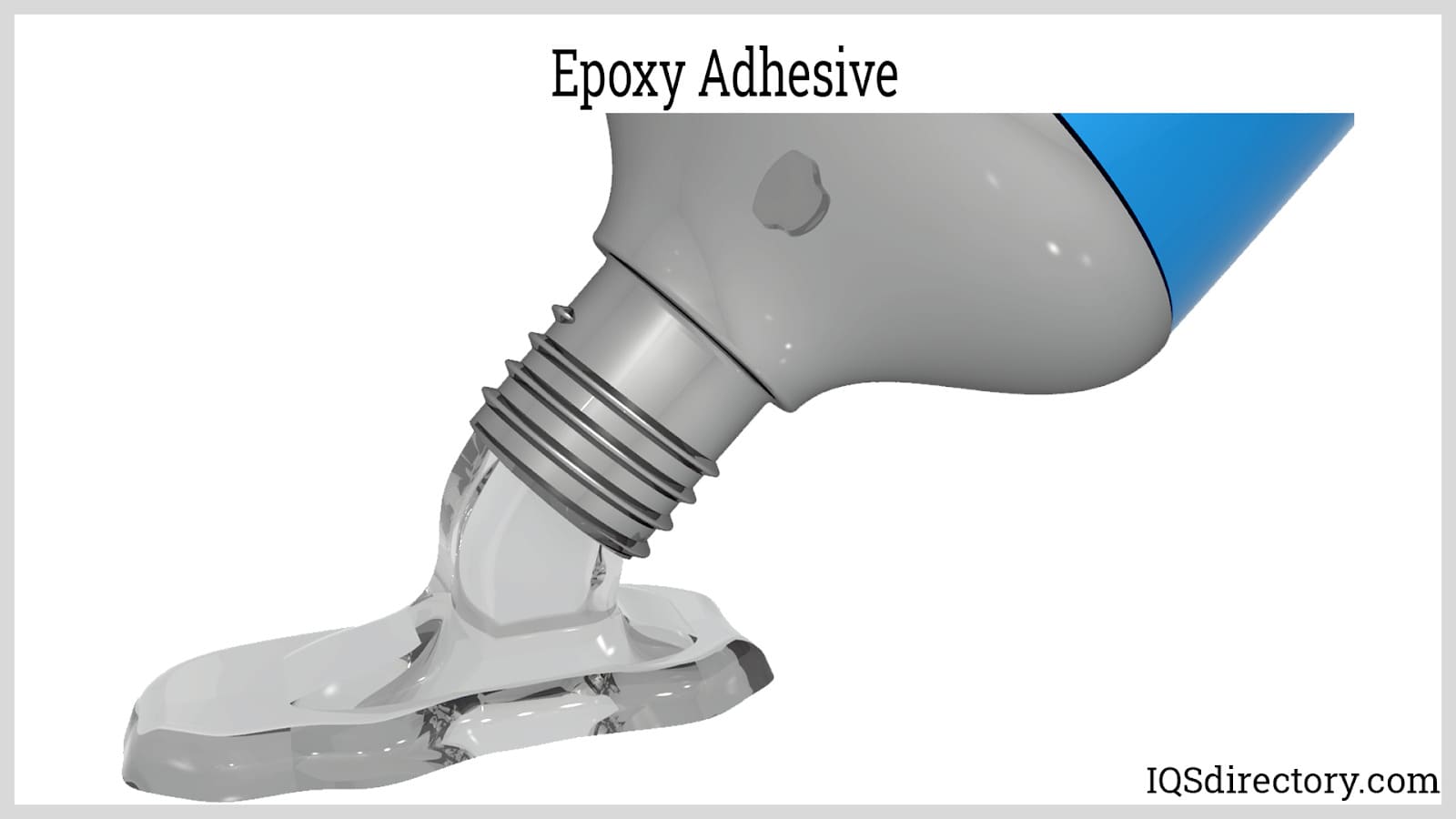
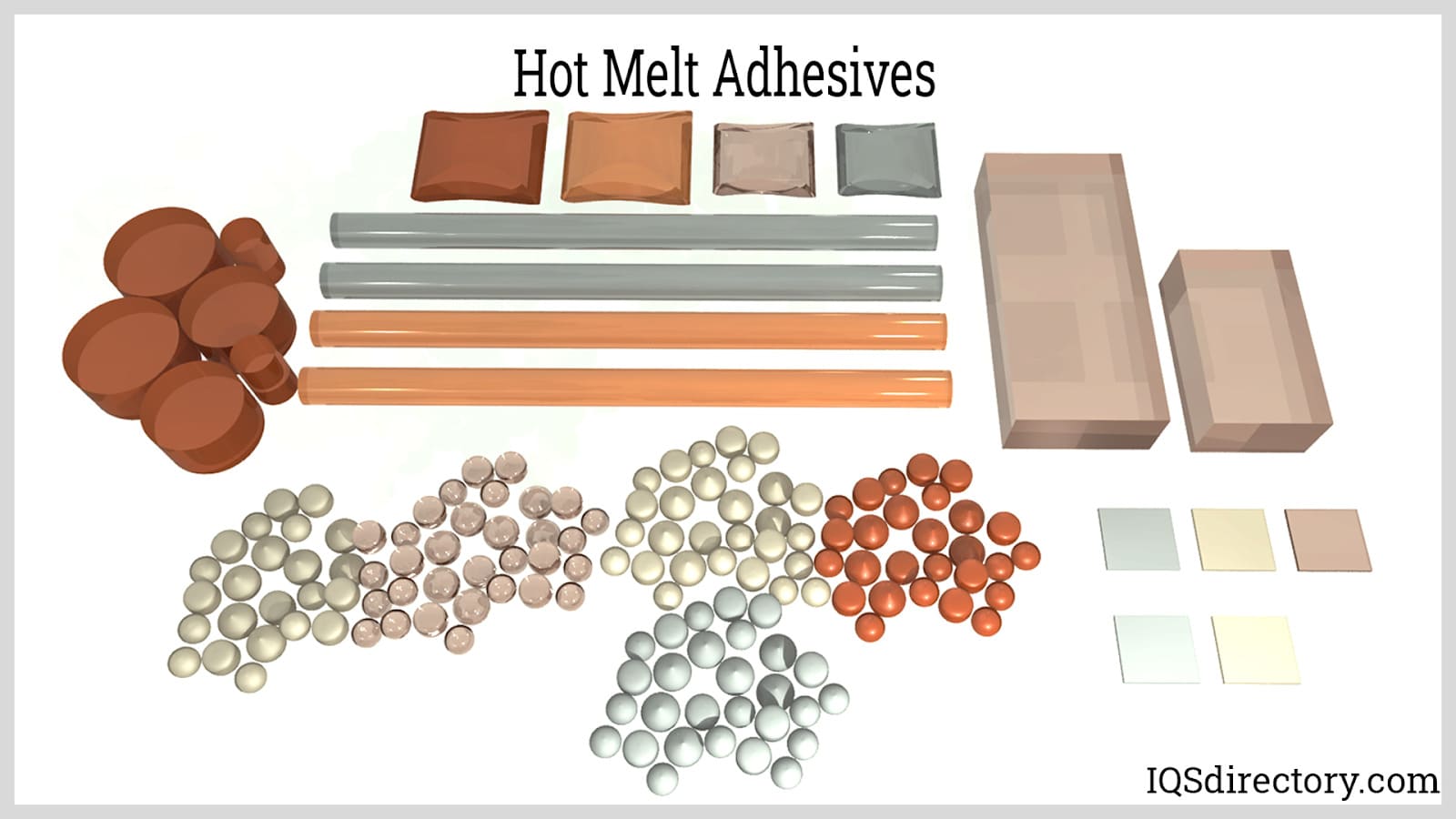
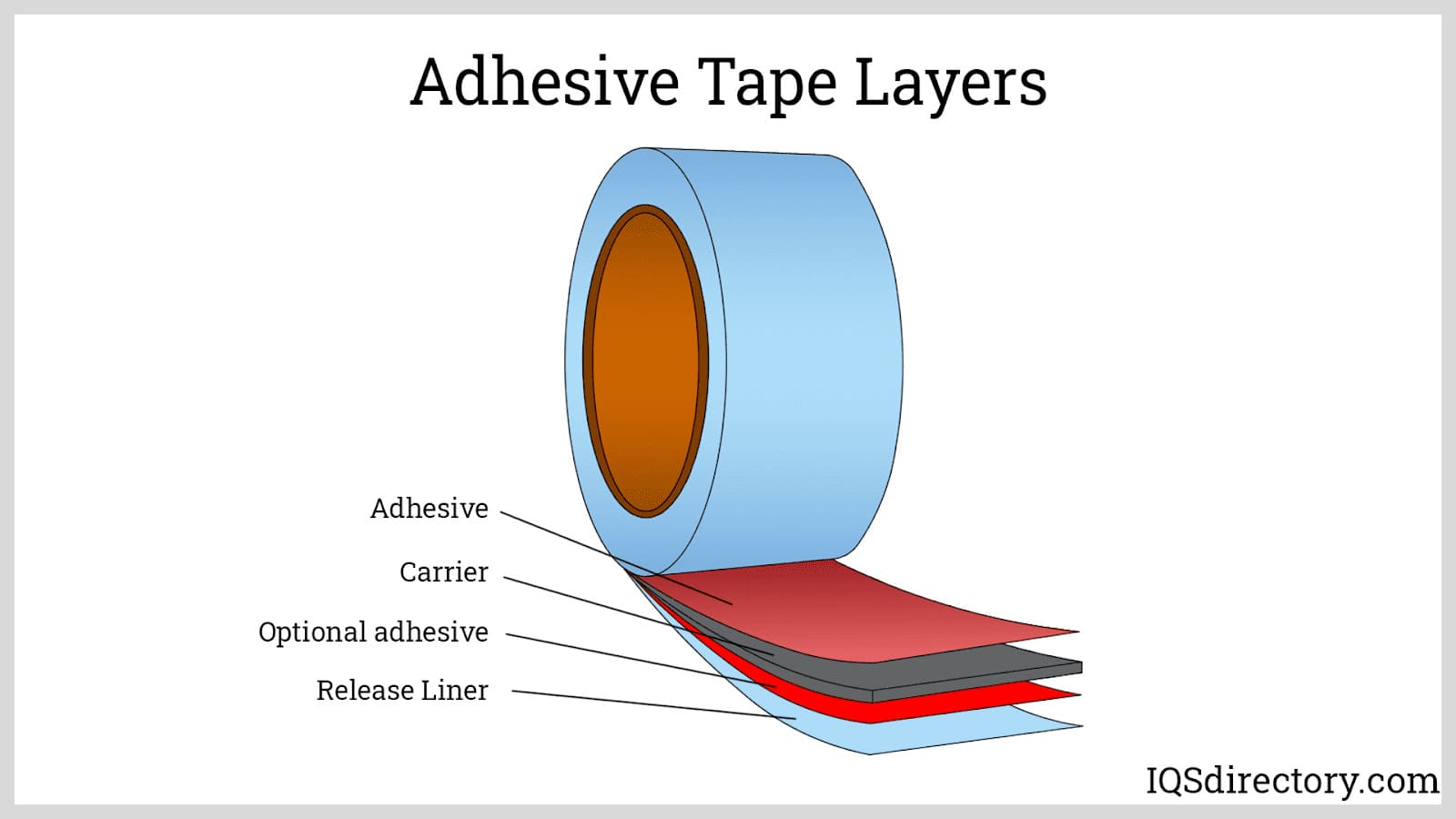
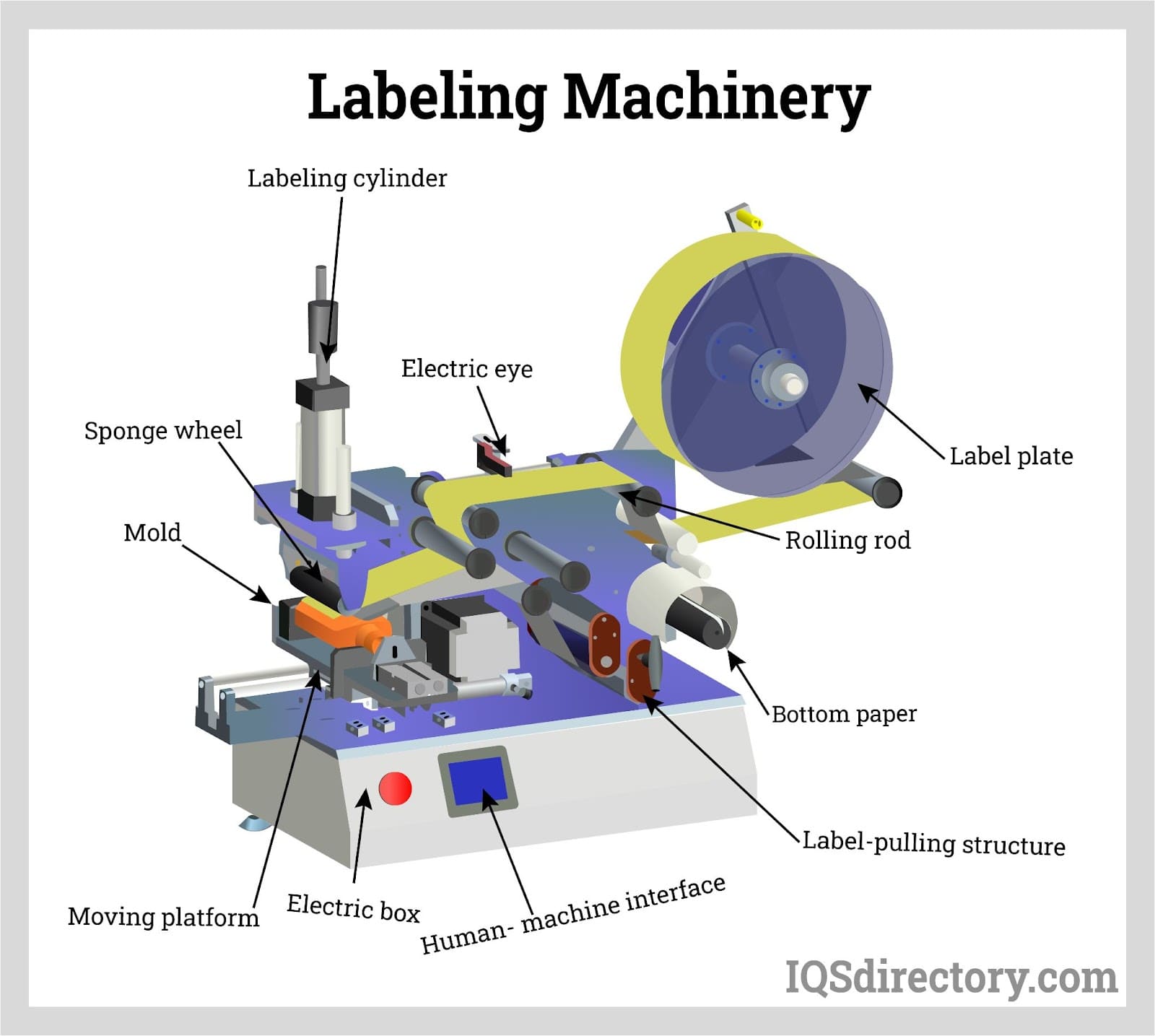
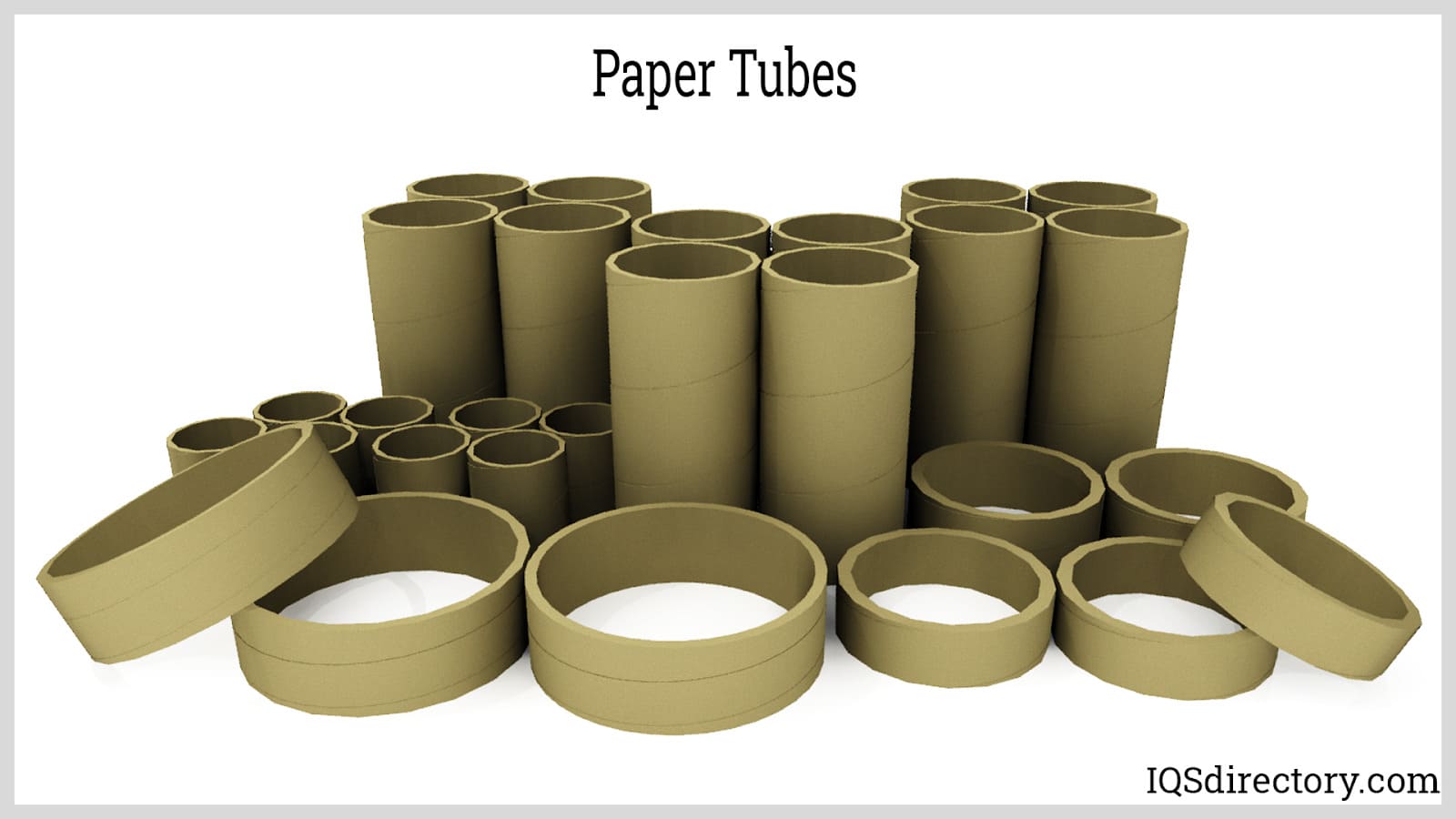
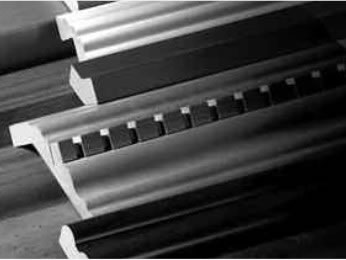 Adhesives
Adhesives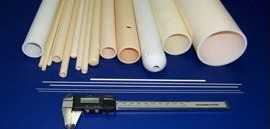 Alumina Ceramic
Alumina Ceramic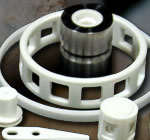 Ceramic
Ceramic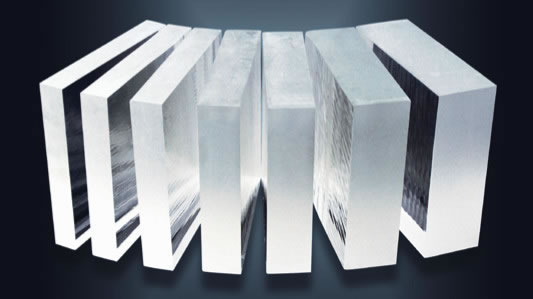 Glass
Glass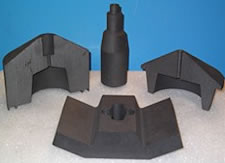 Graphite
Graphite Lubricants
Lubricants Castings & Forgings
Castings & Forgings Bulk Material Handling
Bulk Material Handling Electrical & Electronic Components
Electrical & Electronic Components Flow Instrumentation
Flow Instrumentation Hardware
Hardware Material Handling Equipment
Material Handling Equipment Metal Cutting Services
Metal Cutting Services Metal Forming Services
Metal Forming Services Metal Suppliers
Metal Suppliers Motion Control Products
Motion Control Products Plant & Facility Equipment
Plant & Facility Equipment Plant & Facility Supplies
Plant & Facility Supplies Plastic Molding Processes
Plastic Molding Processes Pumps & Valves
Pumps & Valves Recycling Equipment
Recycling Equipment Rubber Products & Services
Rubber Products & Services